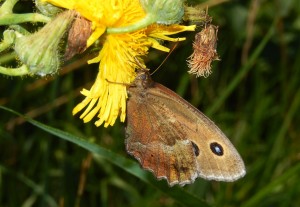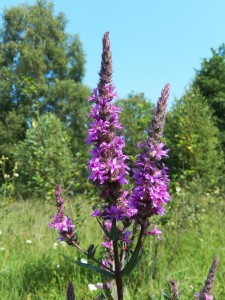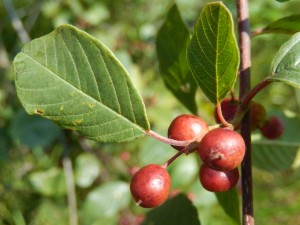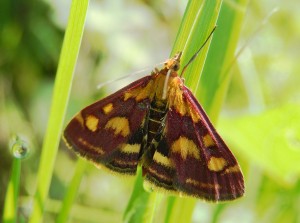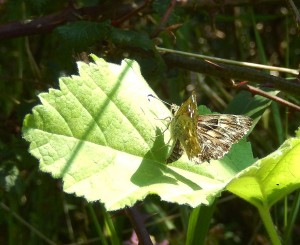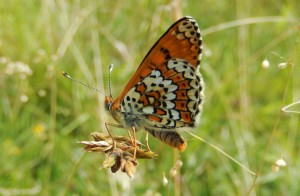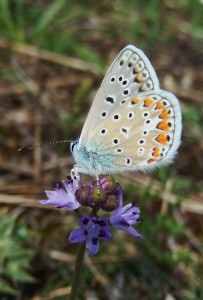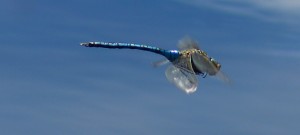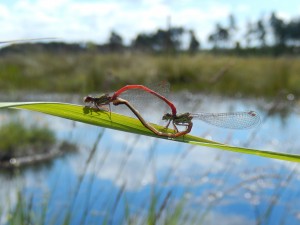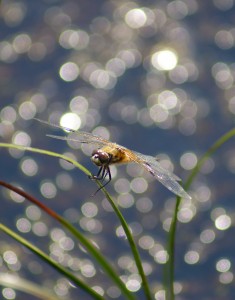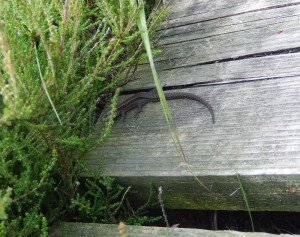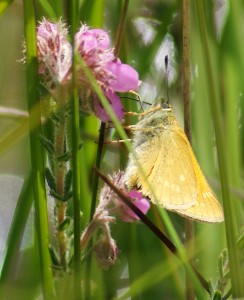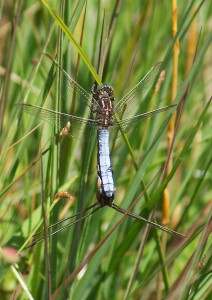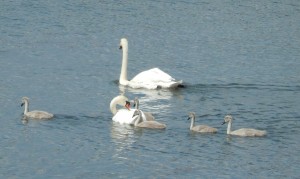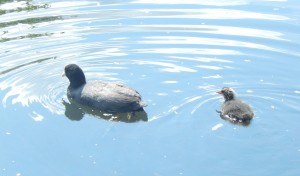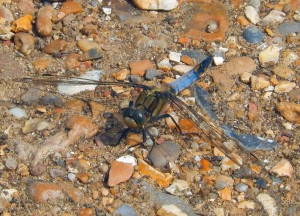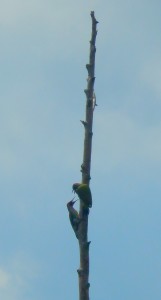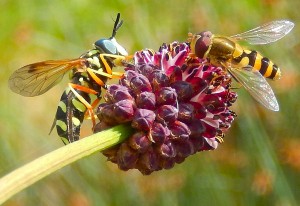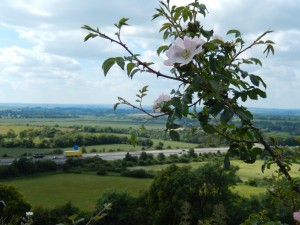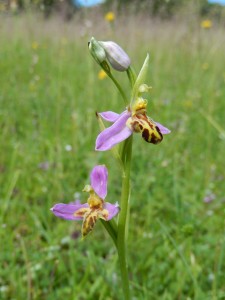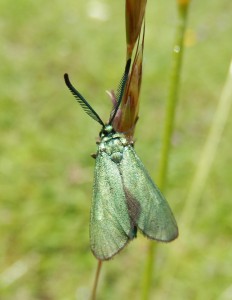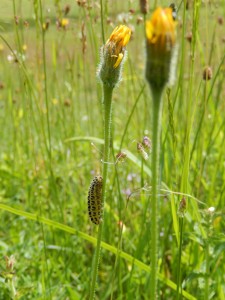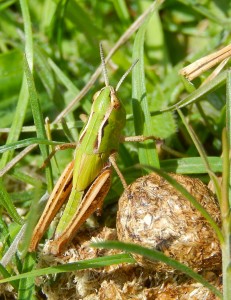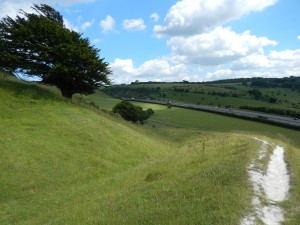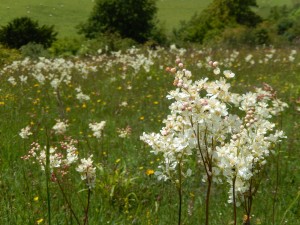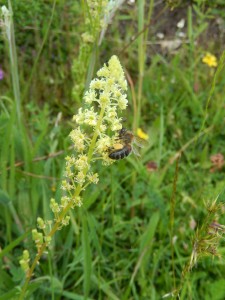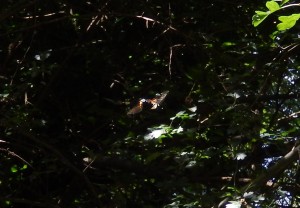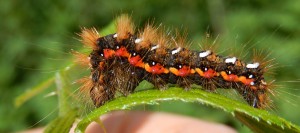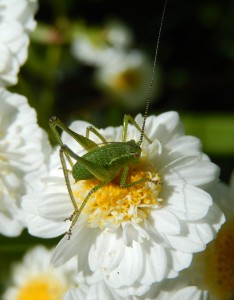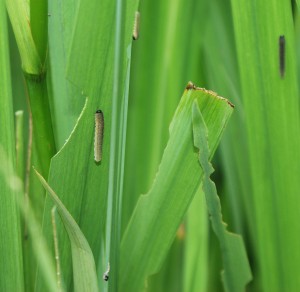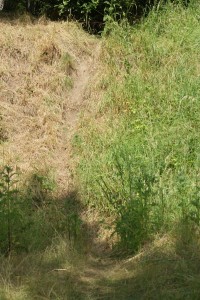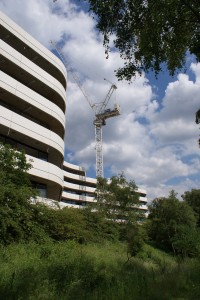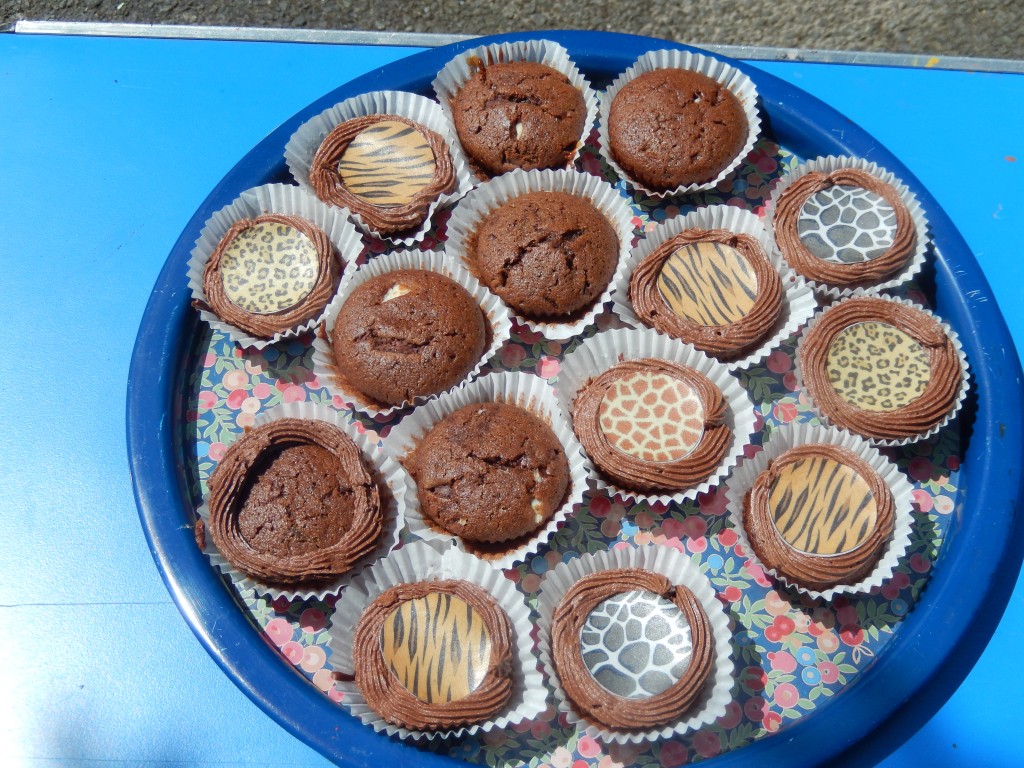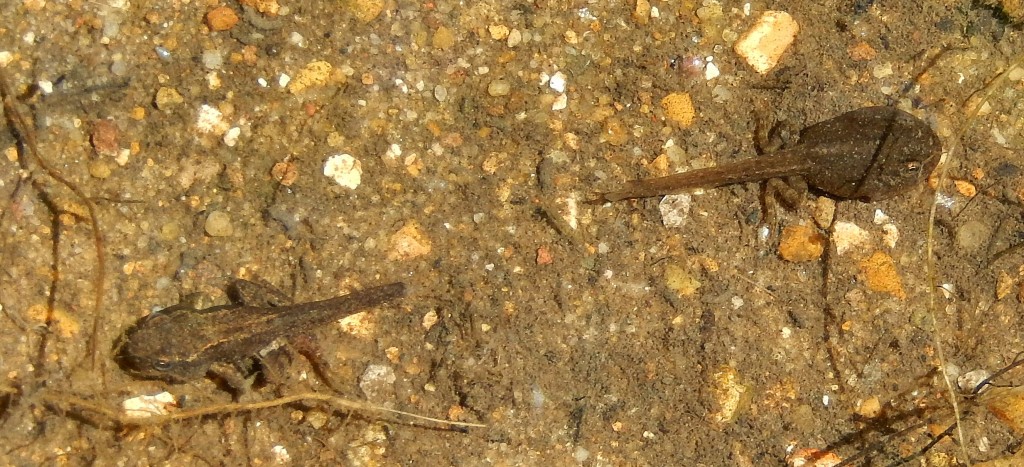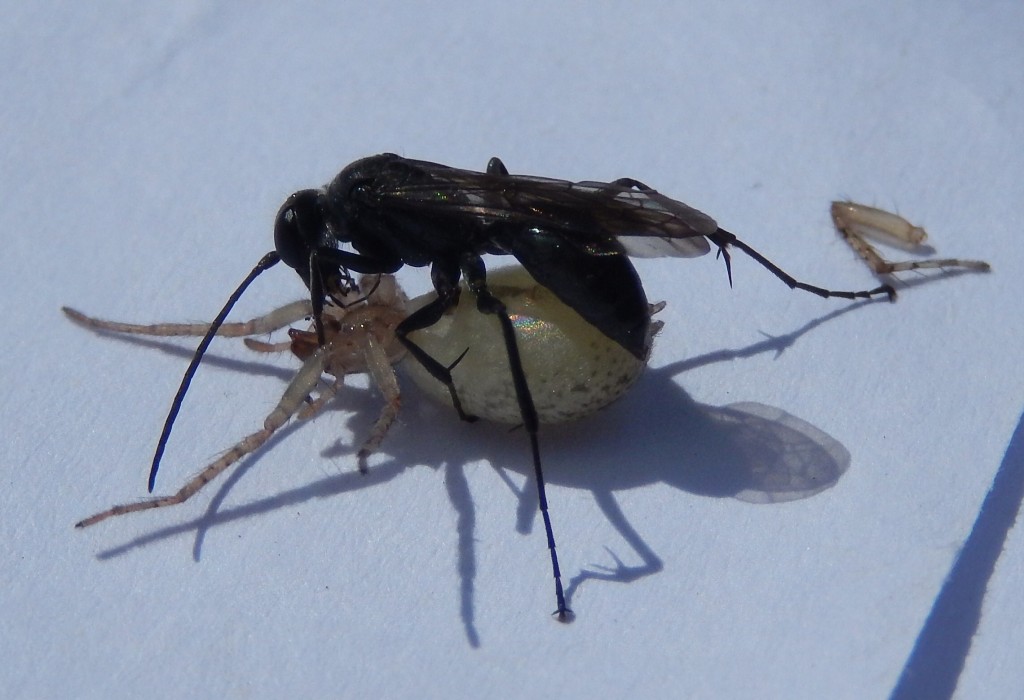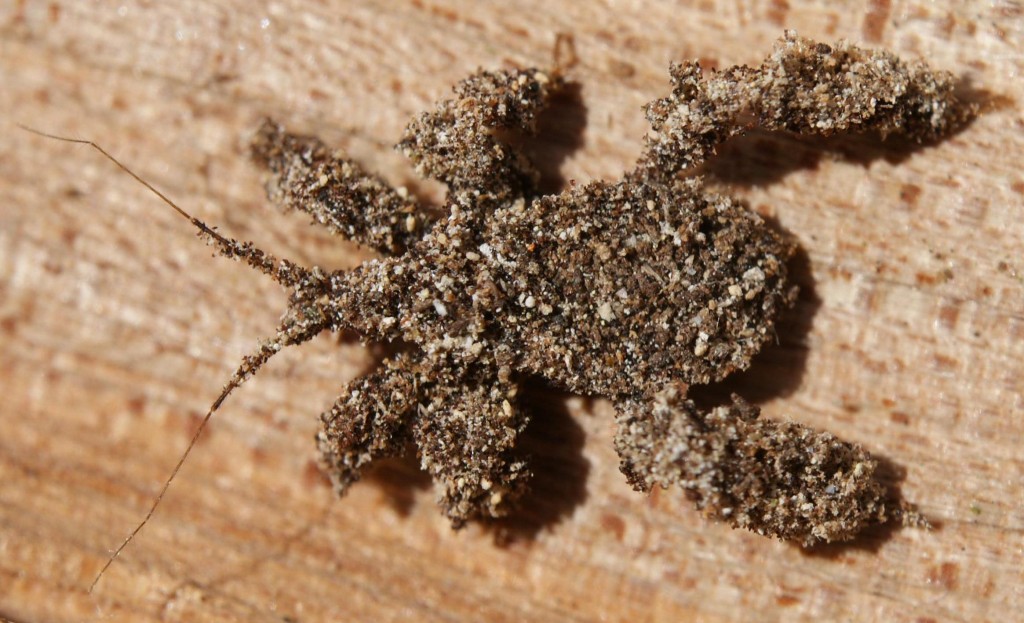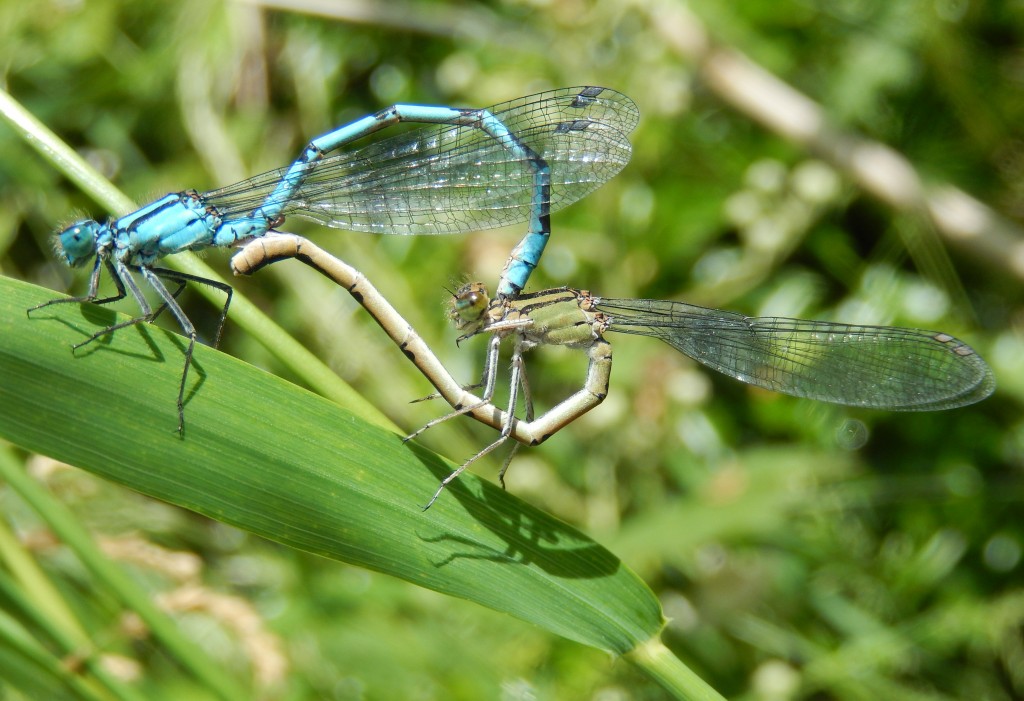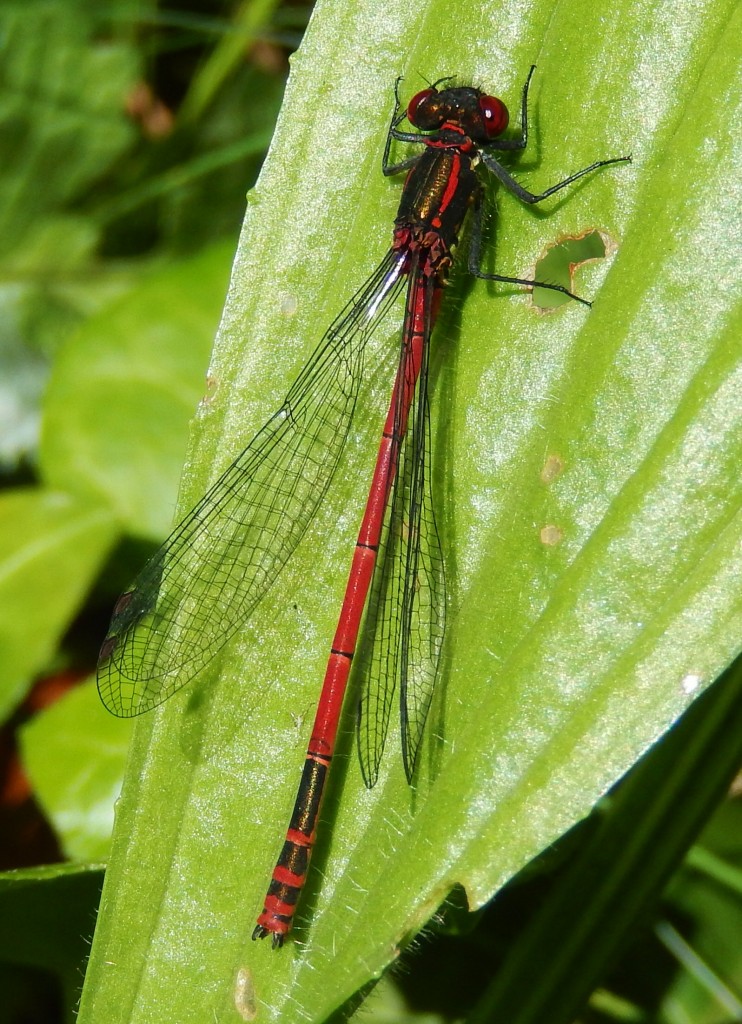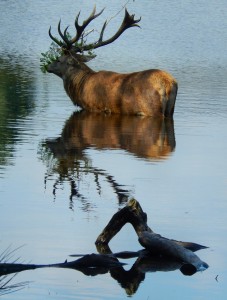
An Indian Summer is one of those special times. Yes, autumn is here; yes, flowers and leaves will soon fall; yes, season of mists and mellow fruitfulness, all of that: but for a brief moment, we know it is warm, even hot; that the time is precious, and we must seize the moment; and we drop everything to go outside with binoculars and camera to see whatever is to be seen.
And it is as wonderful as we could have hoped, warm and blithe. The Jackdaws hop about, quick to take their opportunities: some seem to live exclusively on sandwiches and crumbs. A Jay perches close by on an oak branch, abandoning the usual caution of its species. A series of high-pitched calls is not the usual posse of Ring-Necked Parakeets, but a family group of three Hobbies almost overhead, wheeling, diving, chasing each other, showing off their power and agility with long angled wings, stooping into a mock dive, fanning a tail, their black moustaches clearly visible.
Down at the Pen Ponds, pairs of Common Darter dragonflies are still in cop, laying eggs while the sun shines; around them zip Migrant Hawkers, and I glimpse one blue damselfly too. We walk around the ponds; a Heron flaps quietly across the water; a pair of Mute Swans ride high towards us, their two grey cygnets sailing between them.
And then, quite suddenly, I saw him: a stag with fine 14-point antlers, brimming with testosterone, preparing for the autumn rut. He stood quite still, up to his belly in the water. He had decorated his head with vegetation – Bracken and some Oak twigs – and was now quietly absorbing the elements, sun and water, as he listened to the occasional preliminary roar of another stag in the distance. In a few weeks he will be fighting for a harem of hinds; but today, he seemed contemplative.
A few hundred yards away, in the open grassland, a group of twenty hinds is accompanied by a couple of young males with nearly straight antlers. A big stag will surely put them to flight in an instant when the rut begins; but today, they grazed quietly with the females.
A Buzzard soared overhead, circling in the fair-weather thermals; one of the young Hobbies dashed past.
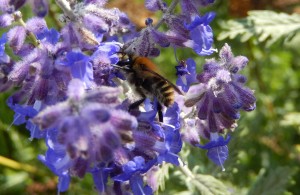
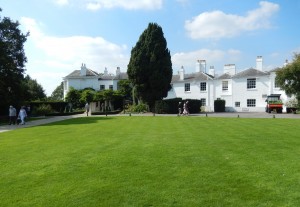
In the beautiful garden of Pembroke Lodge, they were preparing for a wedding, the lawn looking its verdant best, the bees buzzing softly in the still colourful flowerbeds full of tall daisies and delphiniums, lavender and alkanet. On the belvedere terrace, with its spacious view to the West, lovers made soft conversation at the café tables.
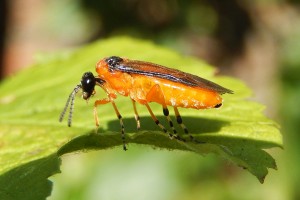
Back at home, a pair of bright saffron-coloured Gooseberry Sawflies (there are actually several species that attack gooseberries and other currants indifferently, I’m not sure what species this one is) were joyfully mating near my currant bushes, while others flew sedately about – they have a rather unusual steady flight, not like anything else. The air was warm and light; and the sawflies did not seem to have made any impact on the fruit crop. I was happy to get a photograph of one of the tiny insects, happy to see them flourishing in this Indian Summer.

